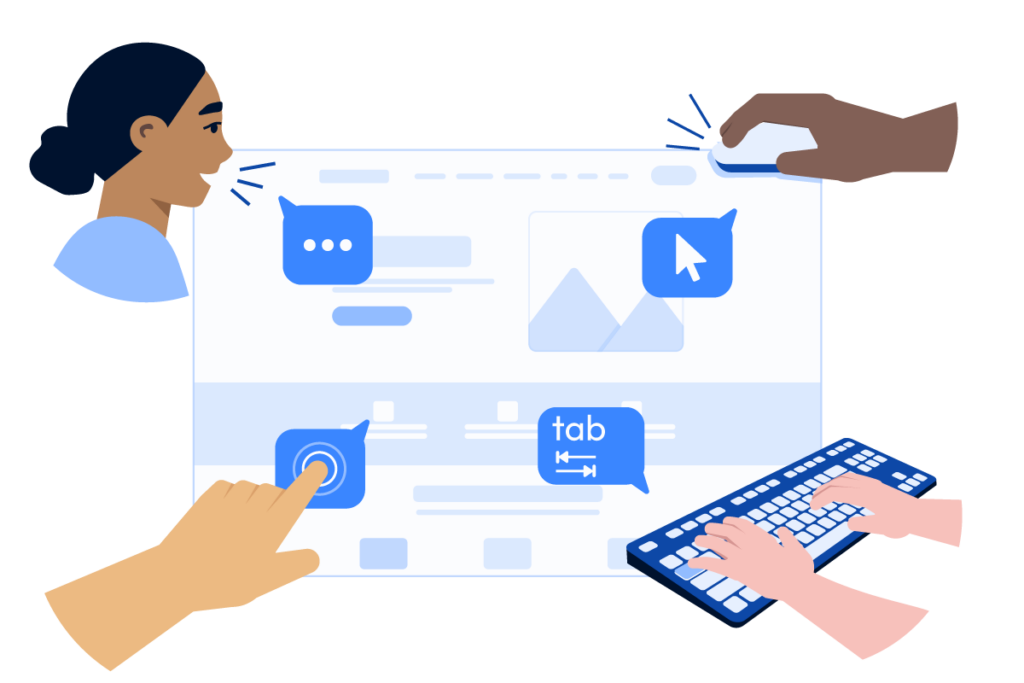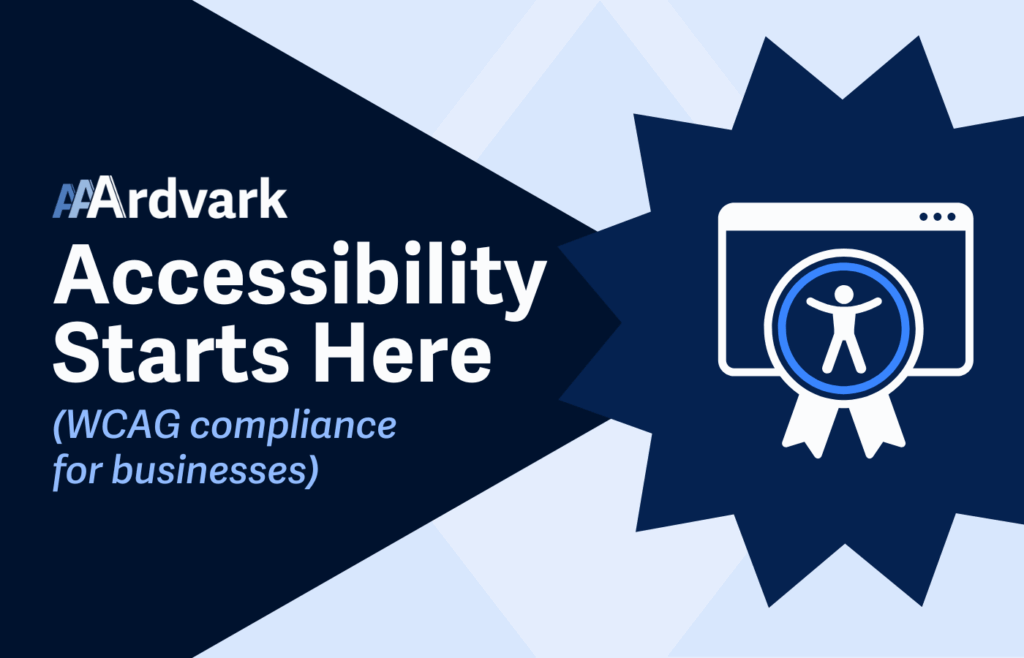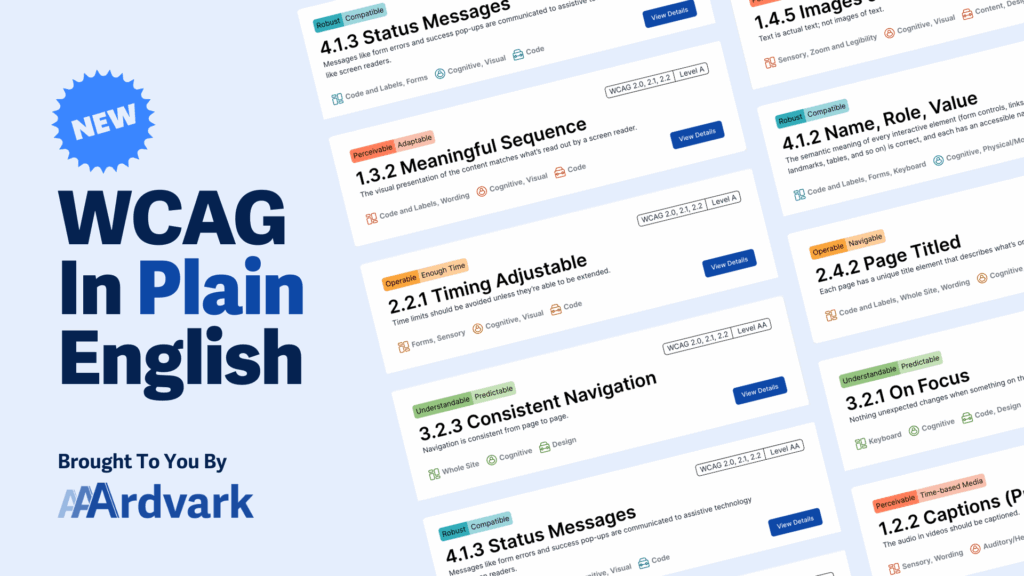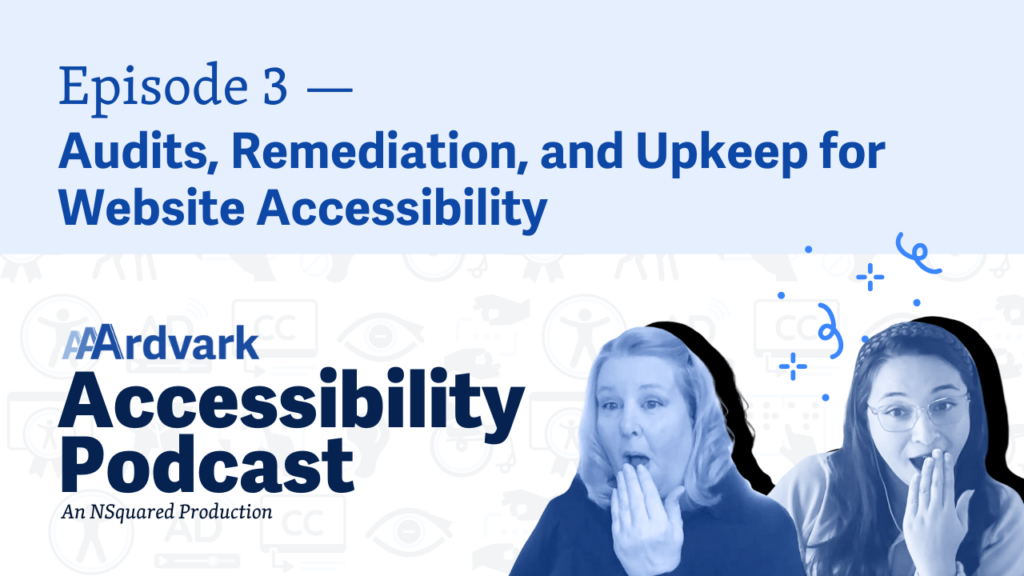ADA Title III Law & Guidelines for Businesses
Americans with Disabilities Act (ADA) Title III requires private businesses to make sure their websites, apps, and other digital tools are accessible to people with disabilities. If your business is open to the public—online or in person—you have a legal responsibility to make digital access a priority.
What Is ADA Title III?

ADA Title III is part of U.S. civil rights law that applies to “places of public accommodation”—that includes everything from stores and restaurants to hotels, clinics, banks, and even online services. If your business serves the public, your digital presence needs to be accessible too.
It applies to things like:
- Business websites and eCommerce shops
- Mobile apps for booking, ordering, or account management
- Online learning platforms and membership portals
- Service-based websites like law firms, salons, gyms, or therapists
- Third-party platforms used to deliver services
Title III is enforced through lawsuits and court rulings. Website accessibility lawsuits have risen in recent years, making it more important than ever for businesses to take action.
ADA Title III Overview
Who Needs to Comply?
Any private business that serves the public—regardless of size or industry—falls under ADA Title III.
This includes:
- Local businesses and service providers
- eCommerce stores and SaaS platforms
- Healthcare providers, banks, schools, and more
- Designers, developers, or agencies building websites or apps for those businesses
If you offer goods or services to the public, Title III likely applies.

Why ADA Title III Compliance Matters
Legal risk:
Thousands of lawsuits are filed every year over inaccessible websites and apps. Courts have ruled that websites are covered under ADA Title III—even without a physical storefront.User trust:
Accessibility shows that your brand is inclusive and thoughtful. It builds trust and encourages more people to use your products or services.Market reach:
Around 1 in 4 U.S. adults lives with a disability. Accessible websites help you reach more customers.

What You Need to Do
ADA Title III doesn’t have an official technical standard written into law—but the Department of Justice and courts consistently point to WCAG 2.1 Level A & AA as the benchmark.
To comply, you must:
Audit your digital products (websites, apps, etc.)
Fix accessibility barriers based on WCAG guidelines
And, in addition, it’s worth considering:
Maintaining ongoing accessibility practices
Documenting your accessibility efforts and be able to show progress over time
Meeting technical standards is important, but it’s not enough on its own. Compliance also means proving you’re actively working to make your products usable and inclusive.

Resources for Accessible Business Compliance
Need help navigating Title III compliance? We’ve got you covered—from plain-language WCAG guidance to expert-led audits and remediation support.

Read More


Frequently Asked Questions
-
What’s the current law around websites and ADA Title III?
While ADA Title III doesn’t spell out technical web standards, the Department of Justice (DOJ) has made it clear: websites must be accessible, and courts consistently reference WCAG 2.1 AA as the standard.
"The the Department [of Justice] has consistently taken the position that the ADA’s requirements apply to all the goods, services, privileges, or activities offered by public accommodations, including those offered on the web." (ADA.gov, Title III guidance)
-
Is WCAG compliance required for private businesses?
Yes. While not directly named in the ADA text, WCAG 2.1 Level AA is considered the legal standard in accessibility lawsuits and DOJ guidance.
-
What happens if I’m not compliant?
Businesses that ignore accessibility risk:
- Costly lawsuits or legal threats
- Court-ordered fixes and attorney’s fees
- Negative press and reputation damage
- Loss of customers and trust
One major example is the H&R Block case, where the company settled with the Department of Justice over an inaccessible website and app. As part of the consent decree, H&R Block paid $100,000—including $45,000 to two individuals and a $55,000 civil penalty to the DOJ. They also had to fix accessibility issues and implement ongoing improvements. (U.S. Department of Justice. H&R Block Consent Decree under ADA Title III) -
Are small businesses exempt from ADA Title III?
Nope. ADA Title III applies regardless of size or revenue. Small businesses are often the main targets in accessibility lawsuits because they’re less likely to have robust compliance in place.
Navigate ADA Compliance With Us
Whether you’re new to accessibility or need help auditing your digital services, we’re here to guide you through ADA Title III compliance.
Accessibility isn’t a one-time fix—but with the right tools, support, and strategy, you can test, track, and improve over time to meet your obligations and serve your customers better.
